|
This months spotlight is on Fleming Field and the original hangars that were built by the Navy in 1942. One of the original hangars is home to the Commemorative Air Force and the museum which couldn't be more fitting.
Fleming Field was established on July 20th, 1943 to provide support for NAS Minneapolis. In 1942, the Navy announced the opening of an naval auxiliary air facility (NAAF) and purchased McInnis Field, a small airfield at South St. Paul, for its B-Base. Fleming Field was planned by Navy Lt. H.K. Laing, and the Navy invested considerably into developing the airfield. Before the war, it was known first as Hook-Em-Cow Field and used by a local flying club. In 1939, the airfield was little more than a mowed landing strip surrounded by farms. Adrian C. McInnis bought the airfield in 1940 and he started a flight school under the federally funded Civilian Pilot Training Program. McInnis Field had only one hangar up when it was officially dedicated on September 29, 1940. Plans were announced that included building larger hangars, but the onset of World War II curbed those plans. In September 1942, construction started on the naval auxiliary airfield, which was all designed at the Navy Field Office in Minneapolis. The airfield was quickly transformed into an auxiliary Primary flight school for NAS Minneapolis' Training Squadron 1B. Four wooden hangars went up immediately on the north side of the concrete apron as it was being poured. Two wooden barracks and ship's services were also constructed immediately east of the four hangars on Airport Road. The barracks only housed ground support personnel assigned to Fleming Field. One of the barracks housed WAVES (Women Accepted for Volunteer Emergency Service), which was the Navy's Reserve unit for women during World War II. Early additions to Fleming Field (B-Base) included two more hangars and assembly/maintenance shop built on the east side of the apron. A wooden platform tower, and storage facilities for water and gasoline were also added on the apron's north side. The control/signal tower was constructed using wood timber posts and dimensional lumber. A concrete apron was also built and measured approximately 780 ft. x 260 ft., and provided space for one-hundred U.S. Navy primary training aircraft. Two diagonal taxi strips led from the apron to both the north and south landing pads. Each circle measured 1,500 feet in diameter. Student fliers simply taxied out to the center of the landing circle, revved up, and took off. The take-offs were in all directions taken as fast as students reached the center of the circle. Landings were the reverse of take-offs. Planes landed after lining up over the pylons. Fleming's north land circle was a grass pad, and it could become packed with dirt, or snow in the winter months. Often the plane's propellers churned up clouds of dust causing visibility problems for cadets. The south landing circle was situated on very sandy soil that gradually turned into a marsh with a small lake to its south. The circle was paved and received 200,000 square yards of a soil cement mix, but severe weather prevented its completion in the fall of 1942. A local farmer recalled how the south landing pad was built. Preparation for surfacing the field began with clearing and smoothing out the 1,500 foot diameter pad. After removing boulders and large stones, the entire circle was dusted with a layer of dry Portland cement. The top layer of sand and cement was dragged or mixed before the final step of wetting down the surface. When the mix cured it became known as the "earth cement" landing surface. The strength of the rough hardened surface was questionable but the Navy's Primary planes only weighed about 1,900 pounds. The Navy built six Quonset-style hangars in all, numbered 2-7 (in addition to an existing hangar) and used them to house their N2S and older N3N "Yellow Peril" biplanes. The familiar barrel shaped hangars were constructed of glued laminated wood arch beams and made by Rilco Laminated Products, Inc., of Blue Earth, MN. Wood planks were used for roof decking and green tarpaper was used for roofing. The Navy constructed a total of six hangars, two barracks, a boiler room, power house and storage facilities. In May 1943, the new Naval Auxiliary Air Field (McInnis Field) opened at South St. Paul, and it began operating as the B-Base for NAS Minneapolis. On July 20, 1943, McInnis Field was renamed Fleming Field in honor of Captain Richard E. Fleming (USMCR), a local aviator who died in the Battle of Midway on June 5, 1942. He was posthumously awarded the Medal of Honor. Fleming Field was officially dedicated on January 3, 1944. sources: scharch.org
1 Comment
|
AuthorWelcome to the CAF MN Wing Blog. You will find information on projects we are working on, upcoming events, and more. Archives
April 2024
Categories
All
|
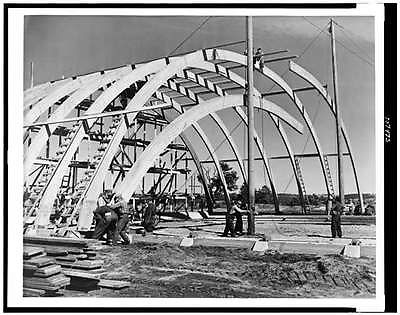
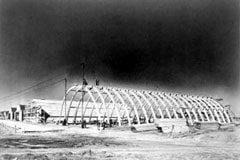
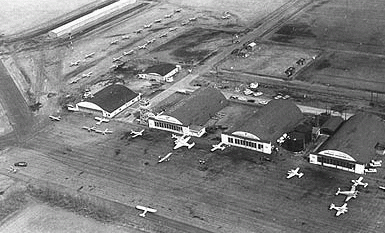
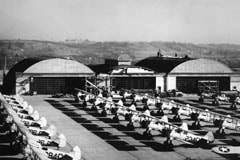
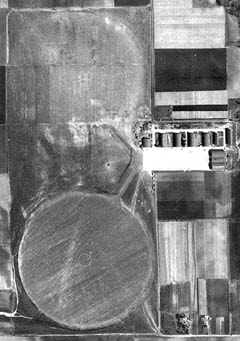
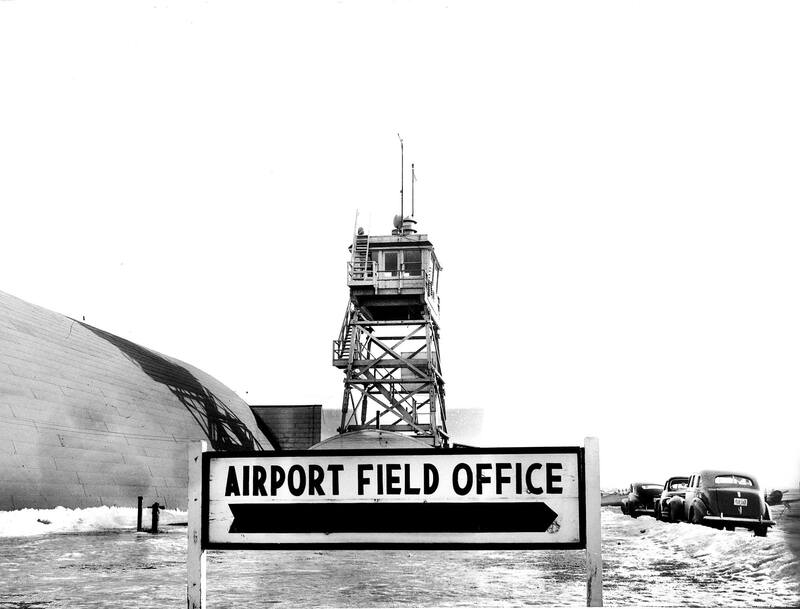
 RSS Feed
RSS Feed